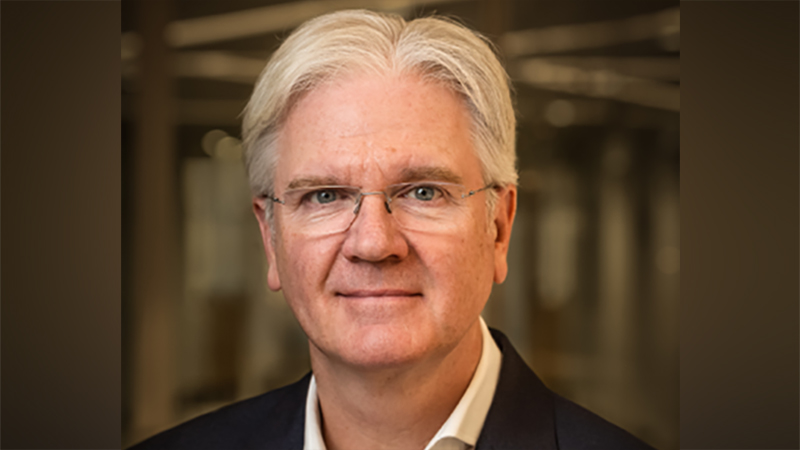M&G’s share price climbed 1.9% in early trading today to hit £2.22 around midday after its half year results revealed a return to net inflows, which the FTSE 100 fund group described as “a key moment”.
H1 2022 saw the firm attract net client inflows of £1.2bn, excluding its closed-book Heritage business, which was a considerable improvement on the £2bn of net outflows recorded in the same period last year.
M&G’s retail asset management arm was renamed wholesale asset management last year, “to better reflect the nature of the business”. The first six months of 2022 saw the division return to net client inflows for the first time since 2018. It took in £0.8bn of net inflows, a marked improvement from the £3.4bn redemptions in the same period last year.
Fee-based revenues across the business rose to £653m from £607m a year ago, while adjusted operating profit before tax tumbled to £182m, down from £327m in H1 last year.
The firm was not immune to the incredibly challenging market conditions, however, with adverse movements carving £21.1bn of its assets under management and administration to end the six-month period on £348.9bn.
M&G chief executive John Foley (pictured) said: “This is an encouraging set of results and provides evidence that M&G is continuing to build momentum. Improved client flows underpinned a resilient operational and financial performance despite a period of volatility when many investors reduced their exposure to markets.”
He added: “Our continued investment in M&G Wealth positions it to become a major player in the UK wealth market.”
Net flows into M&G Wealth, which includes the firm’s flagship investment proposition PruFund, were neutral compared with the £0.8bn of net outflows during H1 2021.
Foley added: “The current macro-economic environment is creating uncertainty in the markets in which we operate. However, our diversified sources of earnings and strong shareholder Solvency II coverage ratio protects our ability to invest in the business and, as today’s interim dividend of 6.2 pence per share shows, deliver attractive shareholder returns.”
See also: M&G hires from ex-sister company Eastspring in Asia Pacific push
Buying and selling
A flurry of M&A activity helped lift the firm’s share price by 5.7% since the start of the year, when it sat at £2.09.
Back-to-back deals in January saw M&G buy a minority stake in Moneyfarm and acquire Swiss impact investor Responsibility, with the latter adding £2.9bn to AUM. These were in addition to the acquisition of Sandringham Financial Partners, which completed early in the month and bolsters M&G Wealth, which sits within the retail and savings arm.
Fast forward to February and M&G bought discretionary fund management business TCF Investment. Financial details were not disclosed at the time, but the latest set of results reveal that £15m was paid up front, with a further £2m to be paid upon completion of certain activities. The second payment is expected to take place in November 2022.
The announcement of a share buyback in March also helped boost M&G’s share price. Having met its financial targets ahead of schedule, following its de-merger from Prudential, it unveiled a £500m buyback programme.
April saw M&G announce the impending retirement of CEO Foley, who has steered the fund group through the above-mentioned de-merger. A search is currently underway to find his successor.
See also: M&G’s ex-finance chief sees bonus chopped ahead of AGM
No slowdown for the second half of 2022
M&G looks set to have an equally busy H2 if the first month and a half are anything to go by. In July, a Saudi conglomerate, controlled by billionaire prince Alwaleed Bin Talal, snapped up a £224m stake in the fund group.
That same week, CIO Jack Daniels revealed he too is heading for the exit. He will remain with the group until June 2023.
Finally, early August saw M&G bolster its wealth arm with another IFA acquisition. It will take an initial 49.9% stake in Plymouth headquartered Continuum Financial Services, and then acquire the remainder over the next two years.
See also: Two M&G funds rated ‘unsatisfactory’ in latest value assessment










